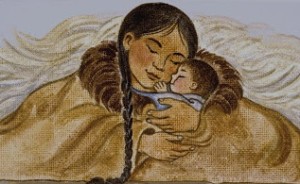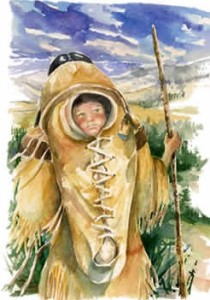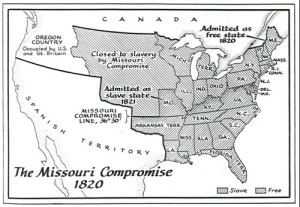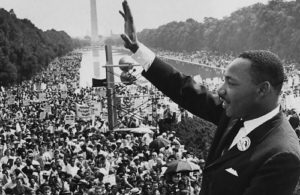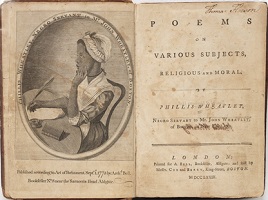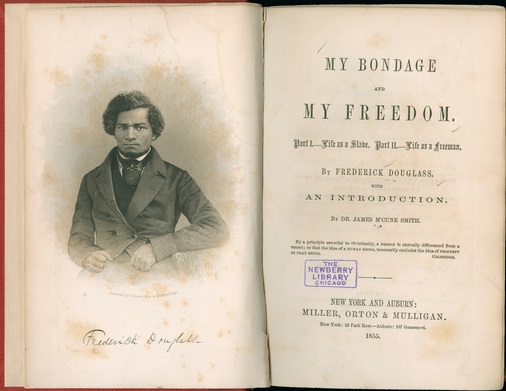Jean Baptiste Charbonneau was born on February 11, 1805 in Fort Mandan, near what today is Washburn, North Dakota. He was the son of Toussaint Charbonneau and Sacagawea. He was nicknamed Pomp, as was the tradition with the first born son of a Shoshone mother.
When Jean Baptiste was 55 days old his parents took him with them to work. His father and mother had been hired as interpreters for the Corps of Discovery led by Lewis and Clark. Jean Baptiste became the youngest member of what is known as the Lewis and Clark Expedition. For the next 16 months and for a total of 5,000 miles the expedition took him across the Rockies to the Pacific Ocean and back. During this time Clark grew fond of Pompy and his family and offered to take care of his education and raise him as his own child.
In 1810, when Jean Baptiste was 6 years old, Sacagawea and Toussaint Charbonneau moved to Missouri where he took possession of his 320 acres of land he earned for his services as an interpreter with the Corps of Discovery. His father did not adjust to a life as a farmer and wished to return to the fronteerland. He sold his property to Clark for $100 and took a job with the Missouri Fur Company. “Pomp” was left with Clark who enrolled him in one of the best boarding schools in Missouri that money could buy, the St. Louis Academy, a Jesuit Catholic School. It was the last time Jean Baptiste would see his mother. Sacagawea died on December 1812.
In 1821 Jean Baptiste found employment with the Missouri Fur Company. In 1823 Duke Friedrich Paul Wilhelm of Württemberg was traveling on an expedition and was very impressed with Jean Baptiste. He invited him to Europe where he lived for the next 6 years. During this time he became fluent in German and Spanish.
Jean Baptiste was said to have had a pleasant character. His fine education was evident in his hand writing and speech and his ability to speak fluent English, French, German, Spanish and several Indian languages. In 1829 he returned to America and settled in Missouri where he decided to follow his father’s steps by returning to the adventure land guiding expeditions in the Rockies.
From 1829 to 1846 he was employed by the American Fur Company and the Rocky Mountain Fur Company. He was a guide, chief hunter and trader. In 1846 Jean Baptiste became a guide for the Mormon Battalion during the Mexican-American War; their mission was to build a road from Santa Fe to San Diego and to LA. After the war was over he was appointed alcalde (mayor) of Mission San Luis Rey de Francia by Colonel John D. Stevenson. He resigned the post in 1848.
In 1849 Jean Baptiste was motivated by the prospect of gold and relocated to Placer County in California in what now is Auburn. The following year California was accepted as a state into the Union during the Compromise of 1850 and people rushed for the prospect of gold. Jean Baptiste mined for the next decade. When gold became scarce he found occupation as a hotel manager at the Orleans Hotel.
In 1866 he left Auburn to the newly discovered mines in Montana. On his way he fell ill and on May 16, 1866 he died of pneumonia. He was 61.
